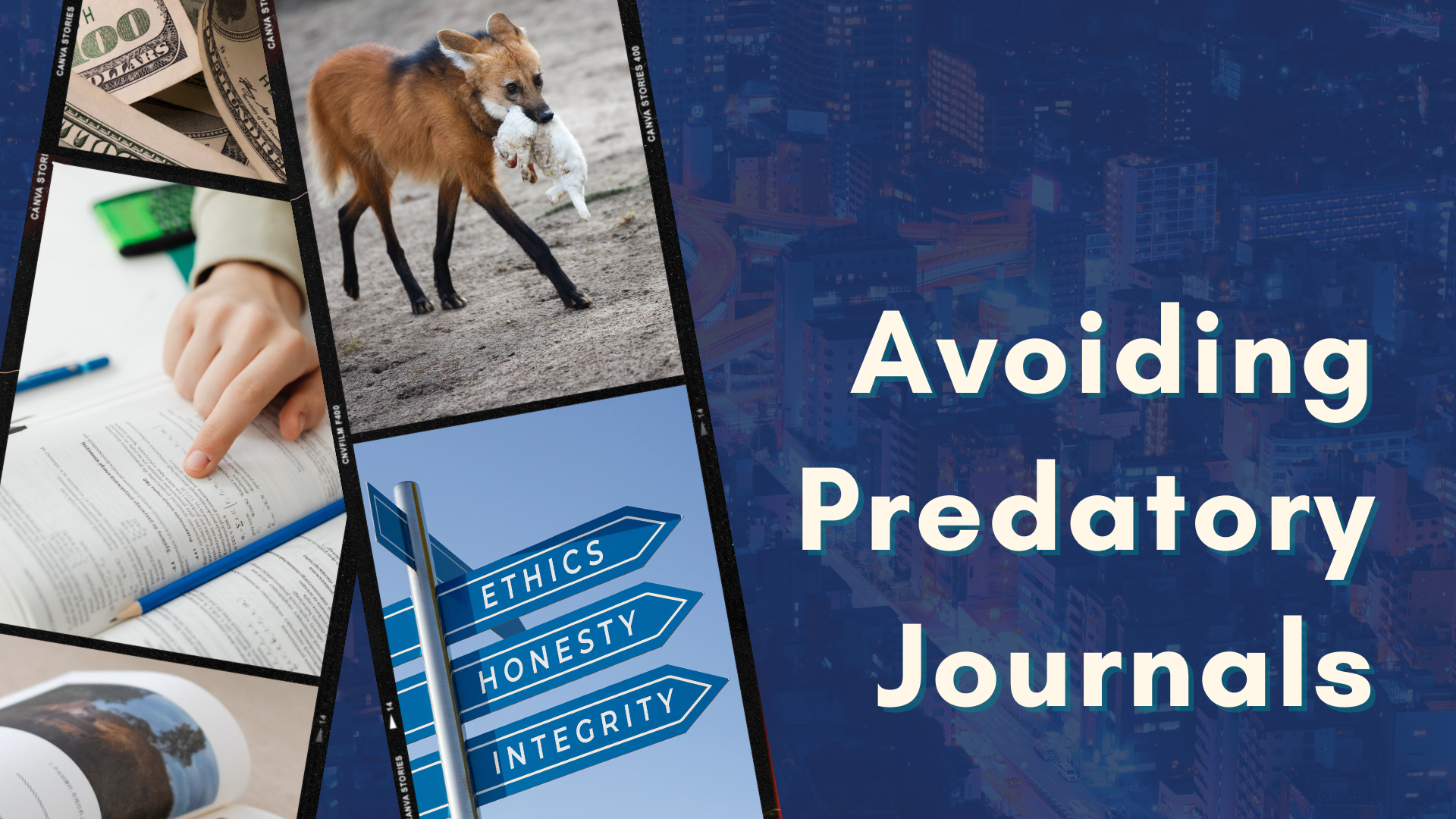
Extensive updates of indexed journal list on Web of Science for research integrity assurance
Clarivate announced in March 2023 that over 50 journals have been delisted from the Web of Science Core Collection in their latest update. The delisted journals failed to meet their quality criteria during the selection review.
In the current selection practice, journals are evaluated by 28 criteria, including 24 quality criteria designed to select for editorial rigor and best practice at the journal level, and 4 impact criteria designed to select the most impactful journals in their respective fields using citation activity as the primary indicator of impact. Journals that meet the quality criteria with additional impact criteria would enter Science Citation Index Expanded™ (SCIE), Social Sciences Citation Index™ (SSCI) or Arts & Humanities Citation Index (AHCI) within the Web of Science Core Collection depending on their subject area.
In response to changes in the research ecosystem and the scholarly publishing landscape, journals indexed in SSCI/SCIE/AHCI will be re-evaluated periodically. The re-evaluation practice is a proactive step that Clarivate has taken to ensure the integrity of scholarly records in the Web of Science Core Collection.

[Image curtesy of いらすとや]
Extensive update in March 2023
Unlike the previous regular updates, in March 2023, Clarivate identified more than 500 journals of their concerns, and after the selection review, over 50 journals failing to meet the quality criteria were subsequently delisted. The attached table lists the delisted journals in the March 2023 update (click on “login via HKU Portal”):
The geographical spread of the de-listed journals is wide, affecting both major commercial publishing houses and smaller or society publishers. Amongst the 50 delisted journals from the SSCI & SCIE index, there are 21 of them worth noting. First of all, 18 of them are published by a large-scale open access journal publisher – Hindawi. The journal titles include the following:
- Advances in Materials Science and Engineering
- Biomed Research International
- Computational and Mathematical Methods in Medicine
- Computational Intelligence and Neuroscience
- Contrast Media & Molecular Imaging
- Disease Markers
- Evidence-Based Complementary and Alternative Medicine
- Journal of Environmental and Public Health
- Journal of Healthcare Engineering
- Journal of Nanomaterials
- Journal of Oncology
- Mathematical Problems in Engineering
- Mobile Information Systems
- Oxidative Medicine and Cellular Longevity
- Scanning
- Scientific Programming
- Security and Communication Networks
- Wireless Communications & Mobile Computing
Secondly, one journal “International Journal of Environmental Research and Public Health” published by MDPI has also been delisted in the March 2023 update.
Moverover, it is also worth noting that two journals “Annals of Palliative Medicine” and “Annals of Translational Medicine” published by the AME Publishing Company, a open access publisher headquartered in Hong Kong, are also included in the delisted journal list.

[Image curtesy of いらすとや]
Selecting journals for publication
Once the piece of scholarly work is ready to be submitted for publication, it is important for the authors to pick a trustworthy journal and avoid predatory journals, ensuring valuable research outputs could be published in a trusted, recognized location and visible to potential readers. Yet, how should we identify legitimate and trustworthy journals from fake or predatory journals?
Checking if a journal is indexed in the Web of Science Core Collections could be one of the reliable indicators. Authors are recommended to confirm such information on the Web of Science Master Journal List.
The Web of Science provides free public access to its master journal list. The list recorded the journals that are indexed in the Core Collections and it has an advantage of being publicly accessible.
In the below search example, basic information of the journal are available on the list, such as publisher, ISSN, and Core Collection index, etc.

It is convenient for use when authors only wish to check its presence in the Web of Science Core Collection. If authors would like to take reference to other information like the journal’s metrics, it will always be a good practice to further search on the Journal Citation Report platform.
In addition to checking on the introduced platform, there are also various means recommended by The Committee of Publication Ethics (COPE) to identify predatory journals and trustworthy journals. We will further discuss the topic with more details in our next blog post.
Reference:
Clarivate. (2023, April 12). Web of Science Journal Evaluation Process and Selection Criteria. https://clarivate.com/products/scientific-and-academic-research/research-discovery-and-workflow-solutions/web-of-science/core-collection/editorial-selection-process/editorial-selection-process/
Estelle, L. (2022, February 10). Guest article: Avoiding predatory publishers. COPE. https://publicationethics.org/news/avoiding-predatory-publishers
Quaderi, N. (2023, March 20). Supporting integrity of the scholarly record: Our commitment to curation and selectivity in the Web of Science. Clarivate. https://clarivate.com/blog/supporting-integrity-of-the-scholarly-record-our-commitment-to-curation-and-selectivity-in-the-web-of-science/


